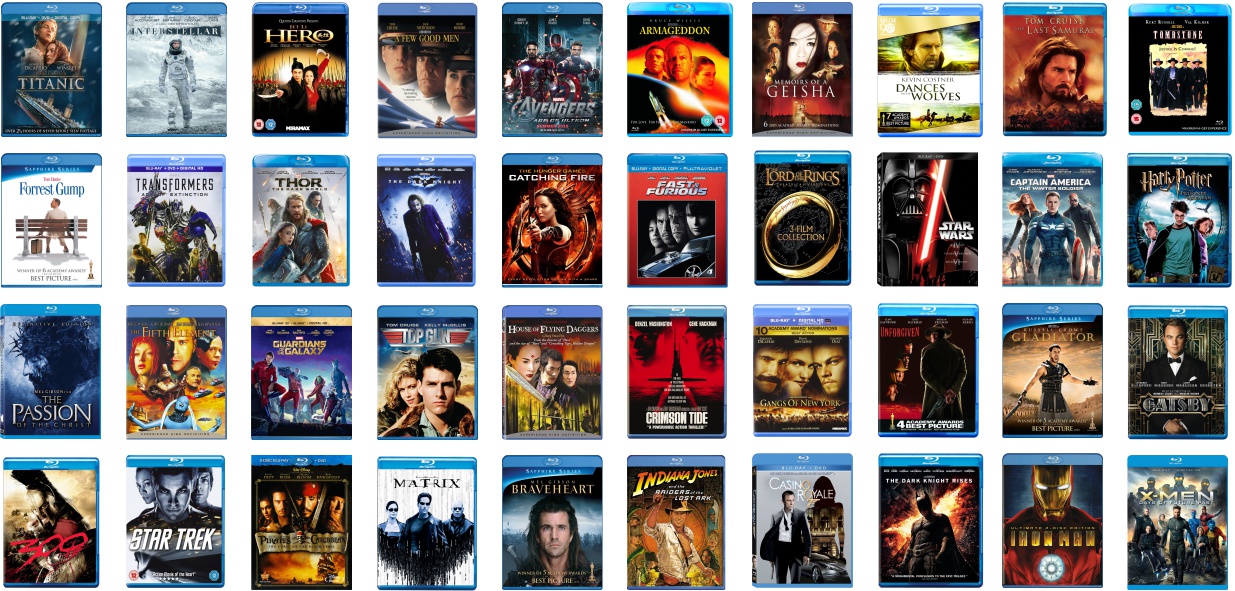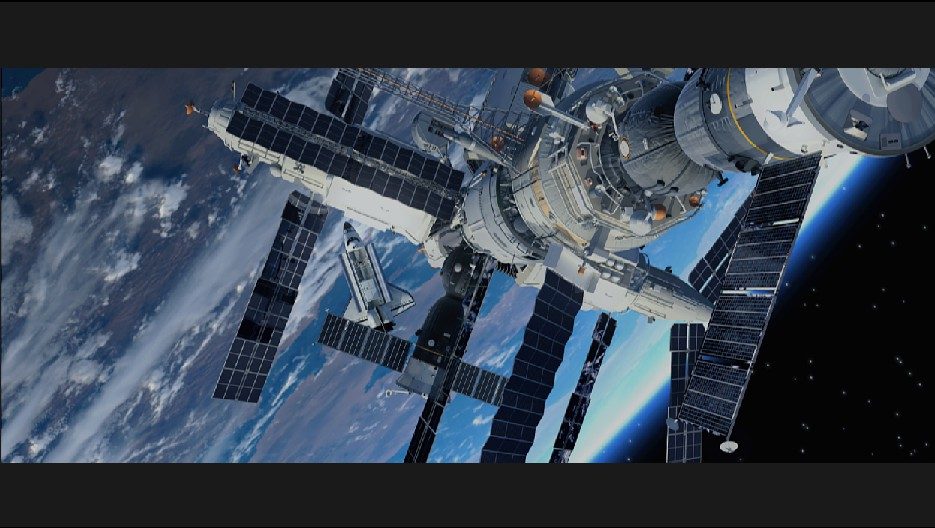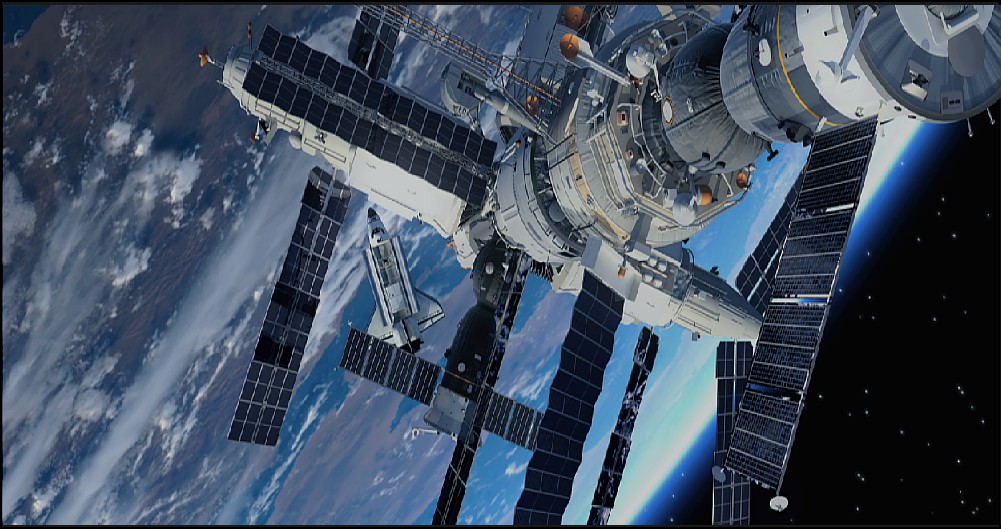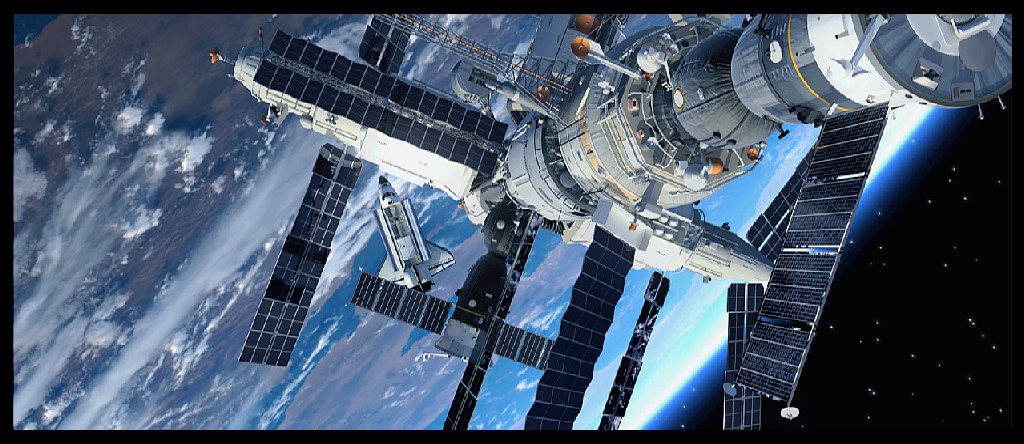Converting your Projector to Cinema 4K
 |
|
| Over 80% of the most popular movies since 1972 are made in the 2.4:1 cinema aspect ratio – much wider than 4K/UHDTV – and even streaming content is rapidly evolving toward this format. |
|
Over 80% of the most popular movies are made in the standard commercial cinema 2.4:1 aspect ratio and even today’s streaming shows are migrating to this format. This content is meant and created to be the largest experience in your theater but on a flat panel TV or 16:9 projection system it is actually displayed as the smallest experience with the lowest performance because millions of display pixels are turned off to create black bars (yes, even with “lens memory zooming“). But now today’s most popular projector models also include anamorphic upconversion modes for use with an external anamorphic lens to convert their full 4K performance into the larger 2.4:1 cinema format for the highest brightness and detail – all while still providing modes for watching 16:9 content. The anamorphic big screen advantage means your projector can actually deliver higher detail than you’ll see in most commercial theaters and certainly higher than you can see with a flat panel TV.
How does anamorphic projection increase the brightness and detail of movies?
 |
ORIGINAL CONTENT “LETTERBOXED” INSIDE UNUSED BLACK BAR DISPLAY PIXELS. Consumer cinema-format 4K movies and streaming content is delivered using 3840 horizontal x 1600 vertical pixels to maintain its original 2.4:1 aspect ratio (ie 3840/1600=2.4). When displayed on a 4K/3840 UHD projector there are 2,150,400 unused display pixels in the black bars above and below the content. When displayed on a 4K/4096 projector even with digital “zoom” settings there are 1,856,853 unused display pixels in those black bars.
|
 |
UPCONVERTED CONTENT USING THE REPURPOSED BLACK PIXELS. Digital anamorphic upconversion is now a standard feature in all of the most popular high end 4K projectors to convert movies and other wide screen content to a higher resolution of 3840 x 2133 (16:9 projectors) for 33% more display pixels or 4096 x 2133 (17:9 projectors) for 25% more display pixels. While no real, additional source resolution is implied, upconversion from real video content has been proven to not only provide substantial additional image brightness from these millions of additional pixels but also additional realistic detail and subsequent improved clarity. Aspect Modes: Sony: “V-Stretch“. JVC: “Anamorphic C“. Digital Projection: “TheaterScope“. Epson: “Anamorphic Wide“. BenQ: “Anamorphic 2.4:1“.
|
 |
UPCONVERTED CONTENT ON A 2.4:1 SCREEN THROUGH A PANAMORPH LENS. Content is optically and losslessly compressed through a standard-throw Panamorph anamorphic lens, or optically and losslessly expanded through a short-throw Panamorph anamorphic lens (a wider version of the above image), to correct the residual vertical stretch from the digital upconversion process. This restores the original 2.4:1 movie aspect ratio while retaining the significant performance enhancement from the upconverted pixels for greater visual clarity combined with a net brightness increase of approximately 30% with an Alpha or CDR lens and 22% with a DCR lens over non-anamorphic projection.
|





